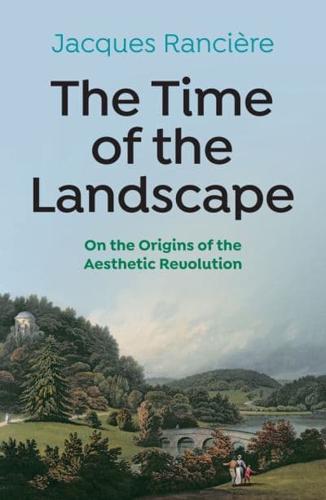Publisher's Synopsis
The time of the landscape is not the time when people started describing gardens, mountains and lakes in poems or representing them in works of art: it is the time when the landscape imposed itself as a specific object of thought. It is the time when both the harmony of arranged gardens and the disharmony of wild nature led to a revolution in the criteria of the beautiful and in the meaning of the word "art." It coincided with the birth of aesthetics, understood as a regime for shaping how art is seen and thought, and also with the French Revolution, understood as a revolution in the very idea of what binds together a human community. The time of the landscape is the time when the conjunction of these two upheavals brought into focus, however hazily, a common horizon: that of a revolution that no longer concerns only the laws of the state or the norms of art, but the very forms of sensible experience.
This brilliant and wide-ranging book will be of interest to students and scholars in philosophy, literature, the visual arts, and the humanities generally, and to anyone interested in critical theory and philosophy.









